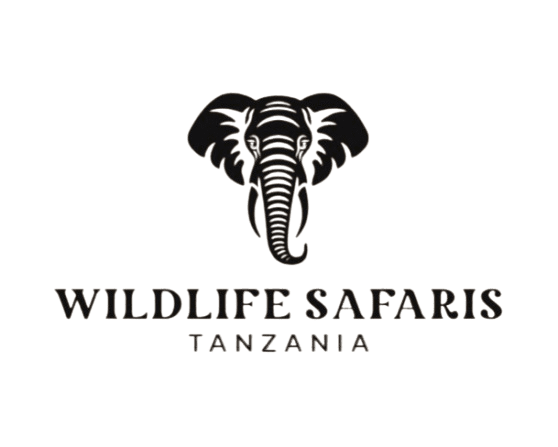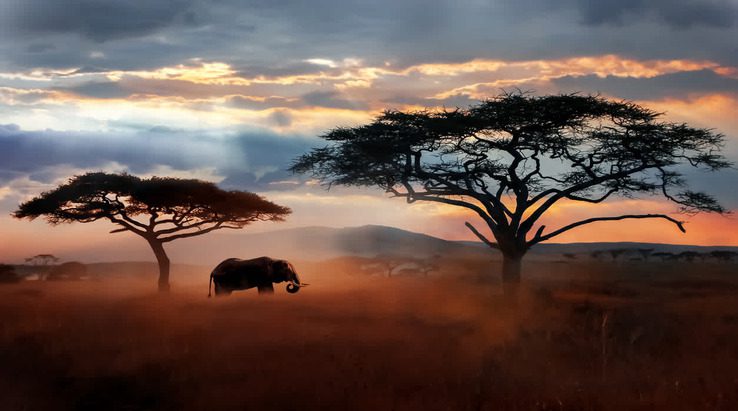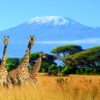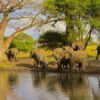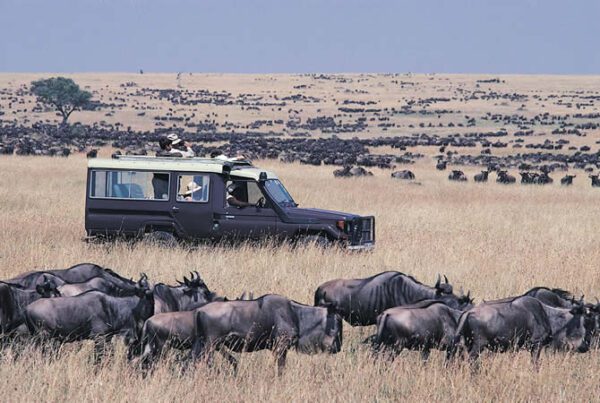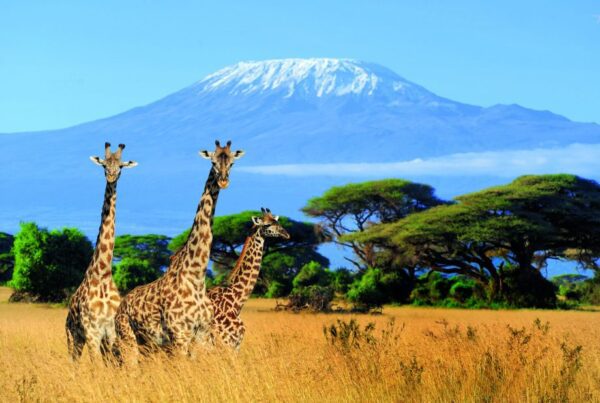Geographic Areas Within Serengeti National Park
We run our business in every Tanzanian wildlife park, but if we’re being really honest, our favorite is Serengeti National Park. From the Great Migration to the Big Five, we transport people there to witness the wonder. Further, the Serengeti never ceases to amaze us, as far as we are aware. To simplify matters, Serengeti may be split into four primary regions: the center, northern, southern, and western parts. Additionally, the eastern Serengeti, which includes the Namiri Plains, is frequently thought seen as the Serengeti’s fifth area. We should investigate these areas.
Greater Serengeti Area.
The Serengeti’s core is home to expansive plains that are home to an abundance of plains wildlife, including buffalo, lions, zebras, and wildebeest. Because of the Seronera River and its network of valleys, for example, the water supply in the Seronera Valley is always sufficient. You should make it a point to visit the Seronera if you want to see animals all year round in the Serengeti.
The large number of predators in the Serengeti is a well-known fact. Seronera is known as the “Big Cat Capital of the World” because to the large concentration of big cats, according to rough estimations. Lion prides often take a break in the shade of a tree or on top of a rock formation. The riverine forests along the Seronera River’s banks are home to leopards, while the plains south of the river are teeming with cheetahs.
Wild dogs, bat-eared foxes, giraffes, hyenas, elands, impalas, and the middle Serengeti are among the many other creatures that call this area home. From April through June, this area hosts the migration, which includes the rutting season and a long animal voyage. The biggest problem you can have in this area is the sheer number of people, since many safari vehicles visit.
There are only a large number of safari hotels and camps in the Serengeti’s middle region. Consequently, the place you end up staying is directly related to your budget. A stay at Dunia Camp, Four Seasons, or One Nature Nyaruswiga will provide you with the comforts of home while you’re in the heart of the bush. For a more genuine experience, though, we recommend Serengeti Kati Kati Camp or the Serengeti Sound of Silence.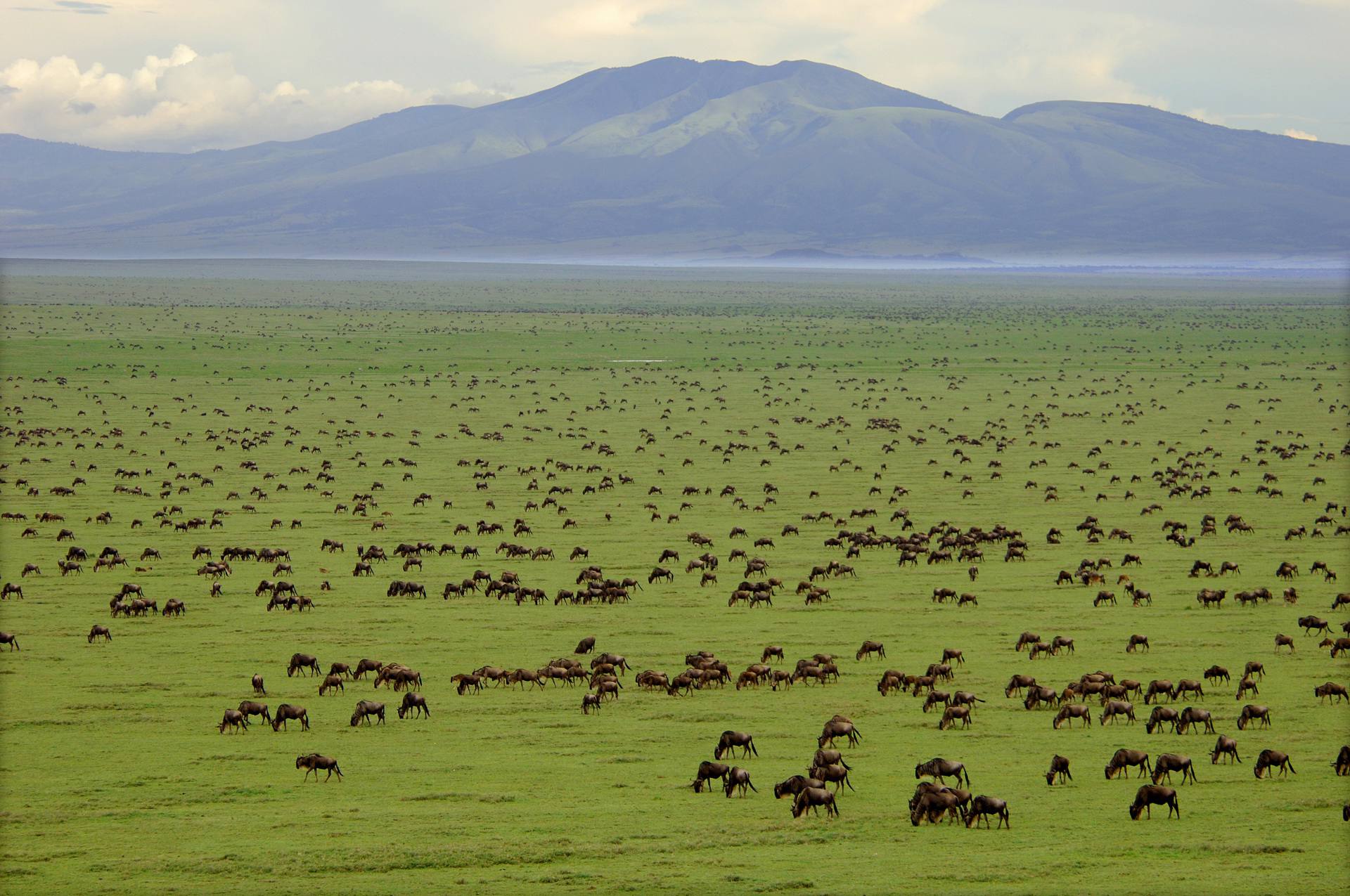
Serengeti in the north.
Unlike the center parts, which are mostly plains, this circuit is characterized by lush trees. From the heart of the Serengeti, you can see verdant highlands, riverine forests, and vast grasslands. The landscape of the Lobo Valley consists of vast plains, undulating hills, kopjes, and woods covered with acacia. There are giraffes, leopards, cheetahs, buffalo, elephants, and lions that live there. Lobo is visited by migrating animals from July to November, yet the location is peaceful all year round.
River crossings take place in the Kogatende area. Those interested in nature often visit in the hopes of seeing a river crossing. Elephants, buffalo, impalas, and other resident species inhabit this region, in addition to the wildebeest migration. Along with the migratory animals, the area is home to predators like as hyenas, leopards, and lions. Due to its inaccessibility, Kogatende never gets much traffic. Local airlines like as Coastal Aviation, Air Excel, and Auric Air make it easy for fly-in safari guests to land at the Kogatende Airstrip.
Lessening the number of camps in the north ensures more privacy. The Serengeti Bushtops, Nomad Lamai Serengeti, and Sayari Camp are permanent campgrounds. From July to November, the nomadic camps follow the wildebeest migration northward. Camp Olakira, Serengeti Under Canvas, and Nomad Serengeti Sayari are all part of this group.
Lesotho Serengeti.
Lowland grasslands and mountain ranges make up the southern area. December through March is a common time for nutrient-rich grass to emerge on these plains. Starting in November, the wildebeest herd heads south, where it will settle and give birth to over 500,000 calves on the rich southern plains. All sorts of predators gather here, waiting for their chance to strike.
Lions, leopards, cheetahs, buffalo, and impalas are some of the resident species that persist in areas when migration has ended. Because the Ngorongoro Conservation Area encompasses both the southern and northern regions. With just Kusini Camp and Ndutu Lodge as permanent accommodations, this area may fall short when compared to the center region. Several migratory camps used this spot, including Serengeti Under Canvas, Olakira, Ubuntu, and Serian.
Serengeti in the west.
All the way to Lake Victoria lies the far western area. Its varied ecosystems include riverine areas, grasslands dotted with acacia trees, and verdant woods. Big wildlife like as lions, elephants, giraffes, wildebeests, and buffalo is quite likely to be encountered. During the months of May and June, the Grumeti River crossings are the most spectacular part of the wildebeest migration. Due to the isolated nature of these crossings, very few tourists venture there.
From Seronera, getting to this area is a breeze by car or plane. A stay at the exclusive Singita Grumeti Reserve is sure to be an unforgettable experience for those traveling in style. You can select one of Singita’s five-star resorts here, such as Sabora, Faru Faru, Milele, or Sasakwa. &Beyond Grumeti River Lodge, Kirawira Lodge, and Mbalageti Lodge are some options for lodges that are located inside the main park. Serengeti Under Canvas and Nomad Serengeti Safari Camp are two of the movable camps that are available for migration.
That is all.
Although the Serengeti is vast, we can tailor your safari to your needs. Our travel agents are here to help you every step of the way, from making your reservation to boarding your flight or car for your safari. We may begin to arrange your safari now.
